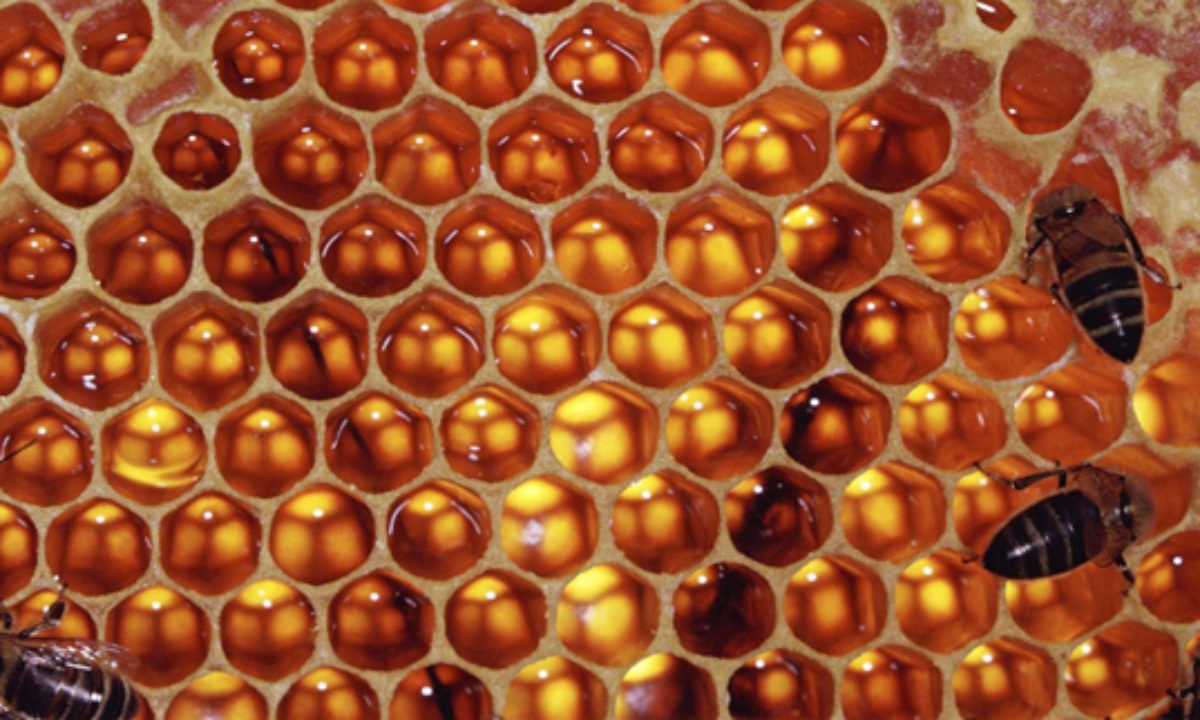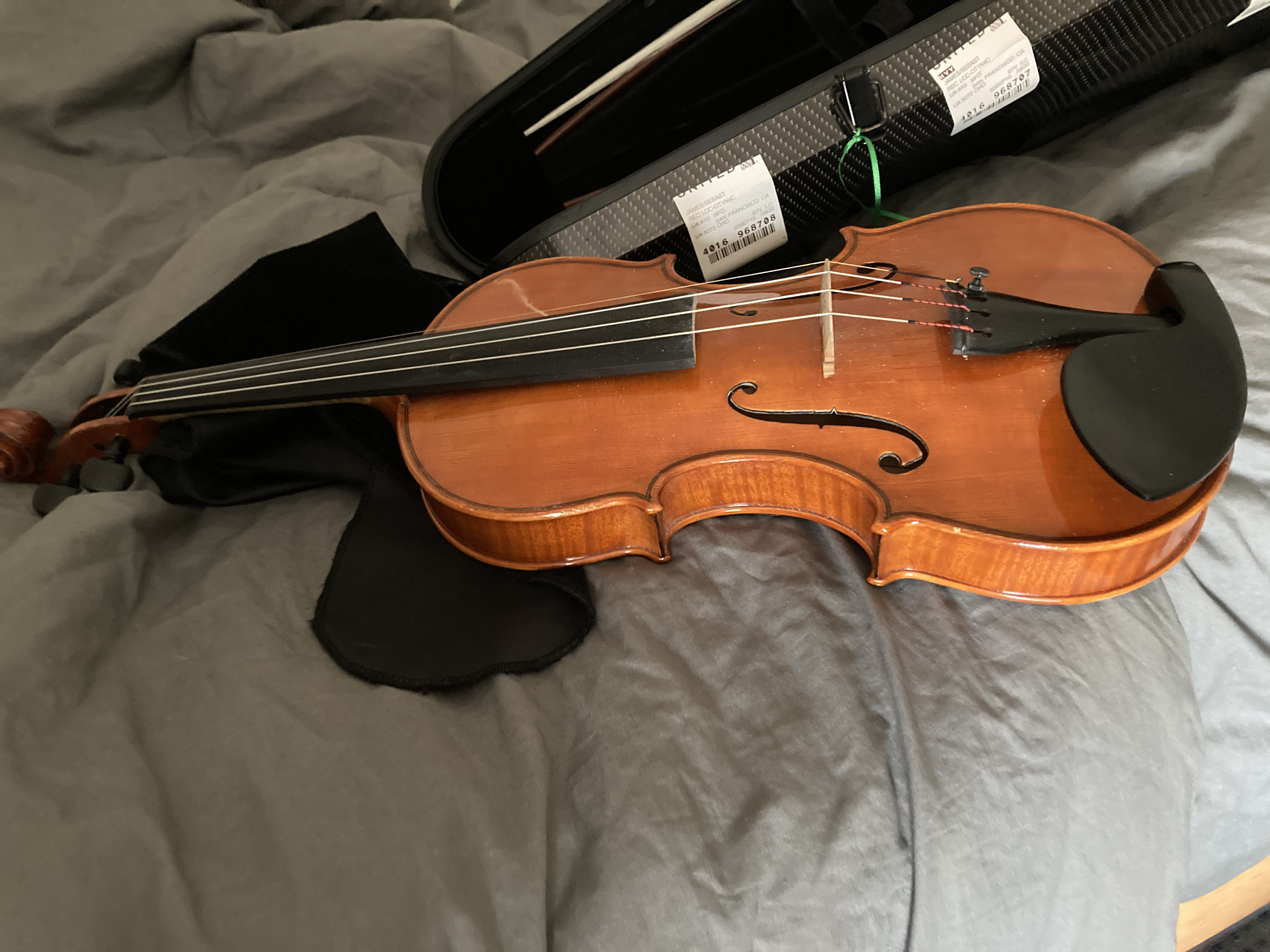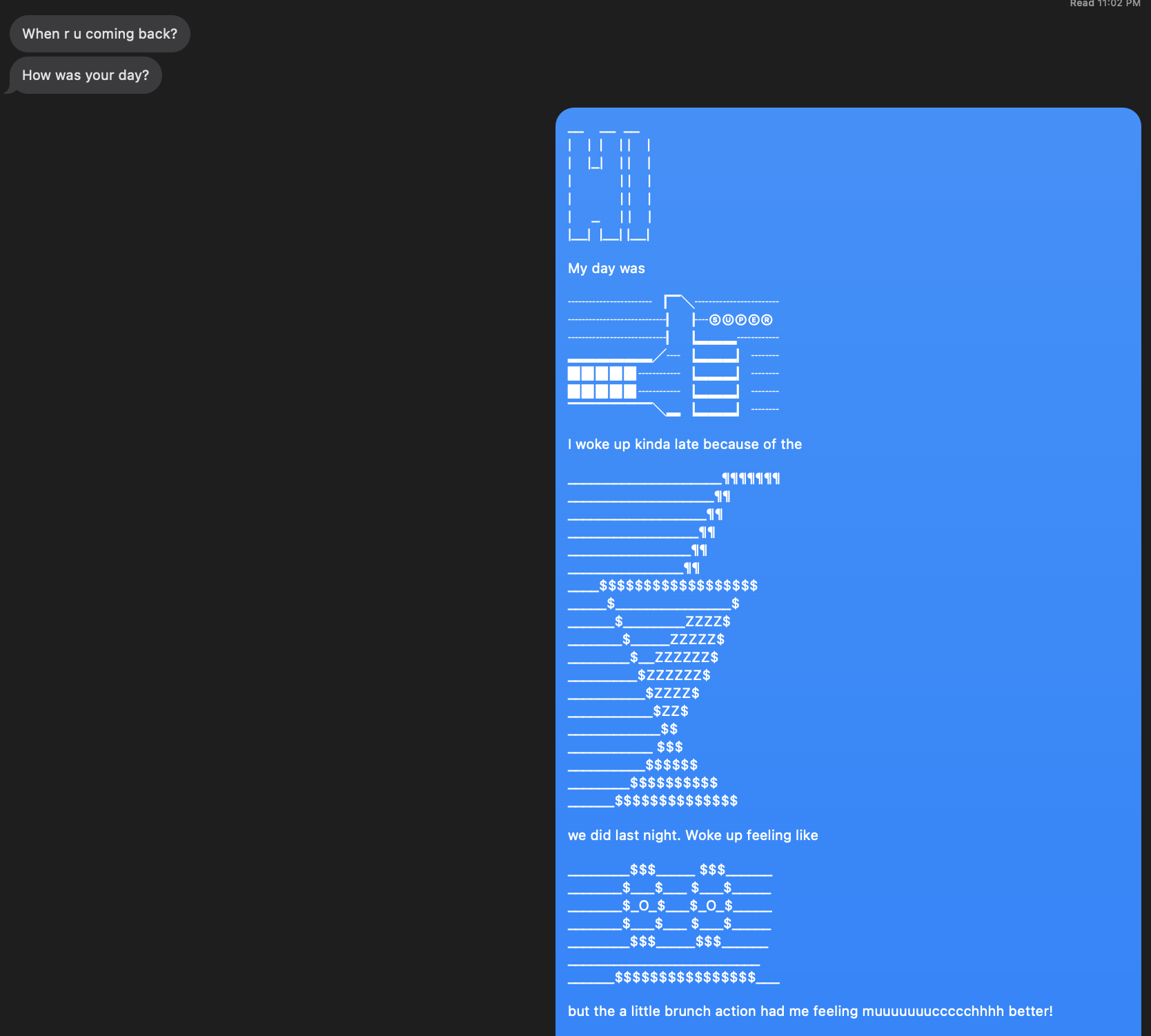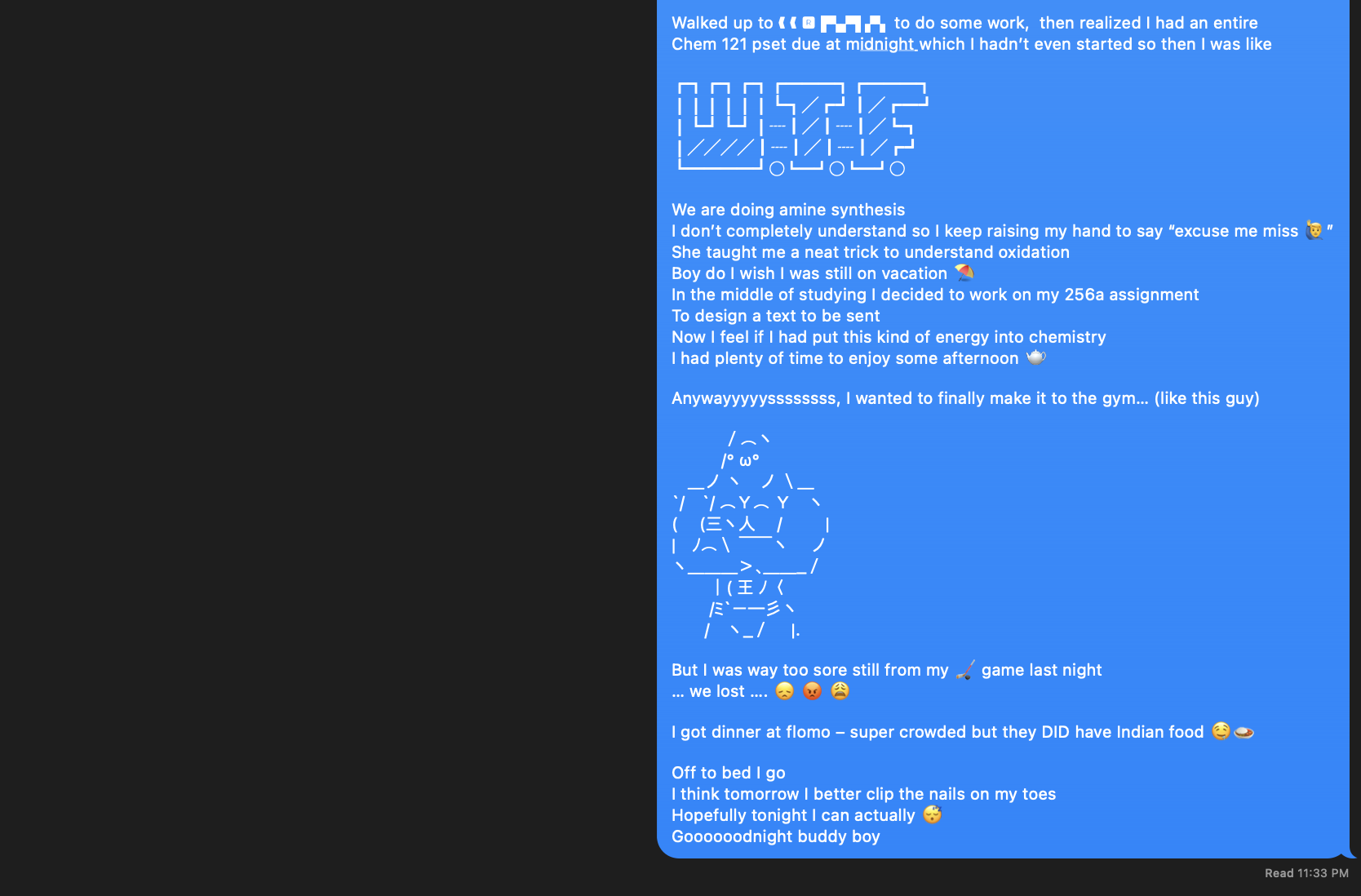Return to Homepage
Homework #1: What is Artful Design
Sebastian James
Aesthetics and Design, Form and Function


This is a response to Chapter 1 of Artful Design, "Design
is ____".
I will be responding to Principle 1.13, Design is Human
Design is Human (pg. 46). I thought it fitting to start
with this definition of design which is presented to us in
Chapter 1, especially as it conflicts with what I once thought
of as design, and what I still think of as design. Firstly, I
would like to treat design as an entity entirely separate from
the intentions and forces of humanity. I believe there are
traits we share with design, and traits we don’t. However, I
believe that our definition of design is solely based on the
traits we see common to ourselves, juxtaposed to anything we
“design”. For example, the epitome of human beauty has long been
considered a product of symmetry; the more symmetrical one’s
face and body, the more objective beauty they have. The same can
be said about design, both natural and artificial – flowers,
ferns, and honeycombs all exemplify natural symmetry. The same
can be said about pyramids, ancient buildings, and bridges. From
this we may assume that humans aren’t the only architects of
design. Rather, “Design is created. Design is experienced.
Design is a thing in motion” (pg 51). I believe that just as we
design buildings, paint art, play music, and program software,
the constantly designing natural world has its turn in shaping
humanity. We can’t be so foolish as to believe that design isn’t
observing us as well, as stated in Chapter 1 of
Artful Design. When I was younger I remember watching
The Night in the Museum with my family and still to this
day questioning if the world around us is in fact as it appears
to us, or if its true form is outside the dimensions of human
perception, or if in fact we as humans are the subjects of other
entities looking in on us when we least expect it.
Rather than design being human, it appears to me as a conduit
through which we conceive emotions into action. For example, we
devise a function to progress “as a society”. Over time, the
jobs of painters, musicians, architects, poets, and philosophers
has been to create a form for that function which enhances its
usefulness. As stated in Chapter 1 of Artful Design, form
and function operate in an infinite feedback loop, but only once
we are satisfied with both may we begin the cycle over again,
devising a new function. I liken the lifecycle of design to
Maslow’s Hierarchy of Needs – in order for a person to
achieve more, they must first have the basics. Shelter, food,
exercise, and self esteem are all needed before one can love
deeply, learn, and elicit creativity. Back in terms of design,
one can’t simply create endlessly without taking the (sometimes
monotonous) time to sculpt and evolve the form into function;
like a Renaissance sculptor chipping out what is not to leave
what is supposed to be.
Reading and reflecting on this chapter gave me assurance that
there is not only a desire for design to “artify” our
surroundings and make what we do everyday more enjoyable, but
also a need for that function to be well designed: we need to
FEEL it, become INSPIRED by it, become CURIOUS because of it.
One of my (yet-to-be-enforced) New Year’s Resolutions was to do
less, but do more with purpose. It seems that
Artful Design is a paradigm to put more “purpose” into
what I do and to NOT treat everything like boxes on a check
list.
Design Etude #1
Taking Notice to Means and Ends

My Violin:
I believe that my violin is the epitome of the dichotomy between
means-to-an-end and end-in-itself. Without form, there would be
no function beyond kindling for fire on a desperate, cold,
Vermont winter night. However, without function, the form would
be incomprehensible. The balance between form and function and
function and form is the signature of the luthier, and
foundation of my relationship with the instrument.
Interestingly, however, one needs not understand both to
experience both. If one were to close their eyes, the function
they hear would well inform the expected form. If I were to see
the violin on display, I would have an expectation of the
function I would hear from the instrument.

My weightlifting shoes:
There are those who believe that shoes merely serve the purpose
of covering our feet, and there are those who buy shoes, put
them in glass cases, never to be worn. I don’t fall into either
camp. My weightlifting shoes are built with purpose – I bought
them for the very purpose they were created for. However, over
time, I have come to realize an emotional connection to every
scuff mark, imperfection, and horrid smell connected to the
pair. They are not the shoes I bought – they are my shoes. Their
beauty to me far surpasses any superficial desire to mend or
replace them – at least not until absolutely necessary. They are
a functional design as opposed to a well-designed function.

My room:
My room falls under the category of “controlled mess”. My room
doesn’t take on one, two, or three functions. There aren’t
enough words to describe what functions my room offers me. It is
a creative studio when I feel claustrophobic. It is an escape
when I feel overwhelmed. It is nothing when I have too much. It
is safe when I feel I have nothing. My room is my ongoing
experiment into Artful Design. I alter my room to take on
various forms and functions to fit my needs and desires, both
present and future. My room has four walls which everyone can
see, but only I know of the deep crevasses which truly give my
room its power and character.
Guerilla Design: A Text Message
For the final part of Design Etude #1, I present a text message
to my roommate which has been "artified". Instead of summarizing
my day (or just sending an audio message if I'm feeling EXTRA
lazy), I decided to add another dimension: DESIGN.








